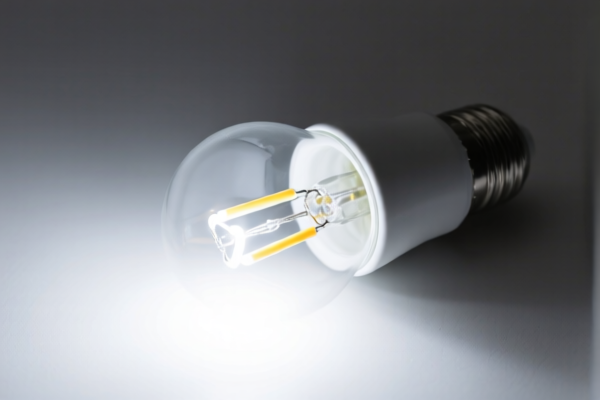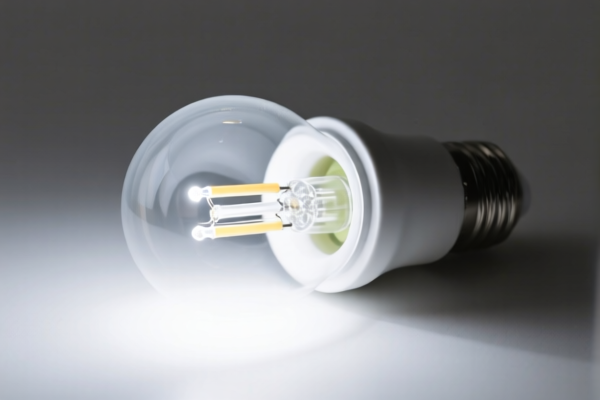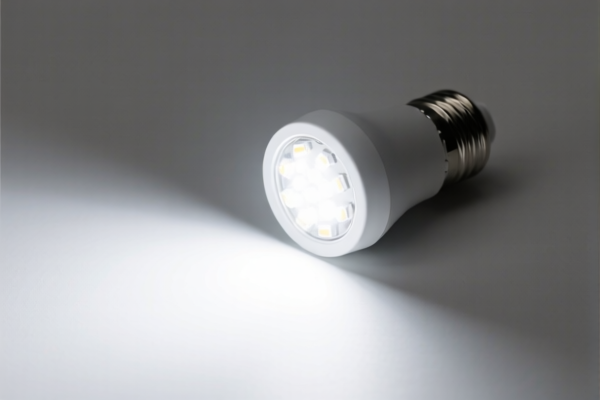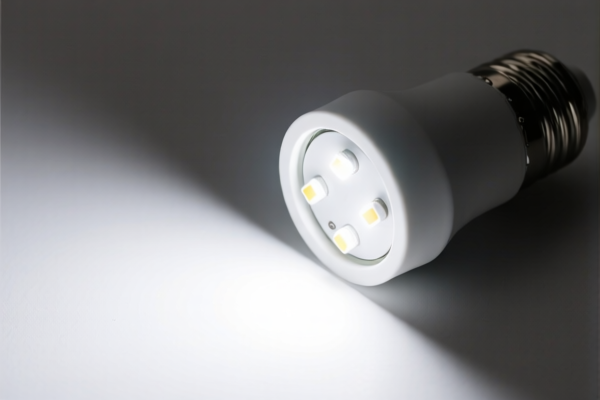Found 2 matching results
(CN → US)
| HS Code | Official Doc | Tariff Rate | Origin | Destination | Effective Date |
|---|---|---|---|---|---|
| 9405490000 | Doc | 58.9% | CN | US | 2025-05-12 |
| 8539520091 | Doc | 32.0% | CN | US | 2025-05-12 |




Here's a classification breakdown for "TUNNEL LAMP" based on the provided data:
-
9405490000: Other electric luminaires and lighting fittings
- 94: Chapter 94 - Furniture; bedding, lighting signs, prefabricated buildings. This chapter broadly covers lighting fixtures.
- 05: Specifically for electric luminaires and lighting fittings (lamps, lights, etc.).
- 49: Further specifies "Other" electric luminaires, meaning it doesn't fall into more specific categories within 9405.
- 00: Indicates a general classification within "Other".
- Tax Details: Base Tariff: 3.9%, Additional Tariff: 25.0%, Post 2025.4.2 Additional Tariff: 30%. Total Tariff: 58.9%. This HS code would be applicable if the tunnel lamp is a complete lighting unit not covered by other, more specific codes.
-
8539520091: Light-emitting diode (LED) lamps
- 85: Chapter 85 - Electrical machinery and equipment. This chapter covers electrical components.
- 39: Specifically for electrical lamps and lighting fittings.
- 52: Further specifies light-emitting diode (LED) light sources.
- 00: Indicates a general classification within LED light sources.
- 91: Further specifies LED lamps.
- Tax Details: Base Tariff: 2.0%, Additional Tariff: 0.0%, Post 2025.4.2 Additional Tariff: 30%. Total Tariff: 32.0%. This code applies if the tunnel lamp is an LED lamp.
Important Considerations:
- Lamp Type: The classification heavily depends on the technology used in the tunnel lamp (incandescent, fluorescent, LED, etc.).
- Complete Unit vs. Component: Is the tunnel lamp a complete, ready-to-use lighting fixture, or is it a component part of a larger system?
- Material and Value: Please verify the material composition and declared value of the tunnel lamp.
- Certification: Depending on the intended use and destination country, specific certifications (e.g., safety standards) may be required.
Customer Reviews
No reviews yet.